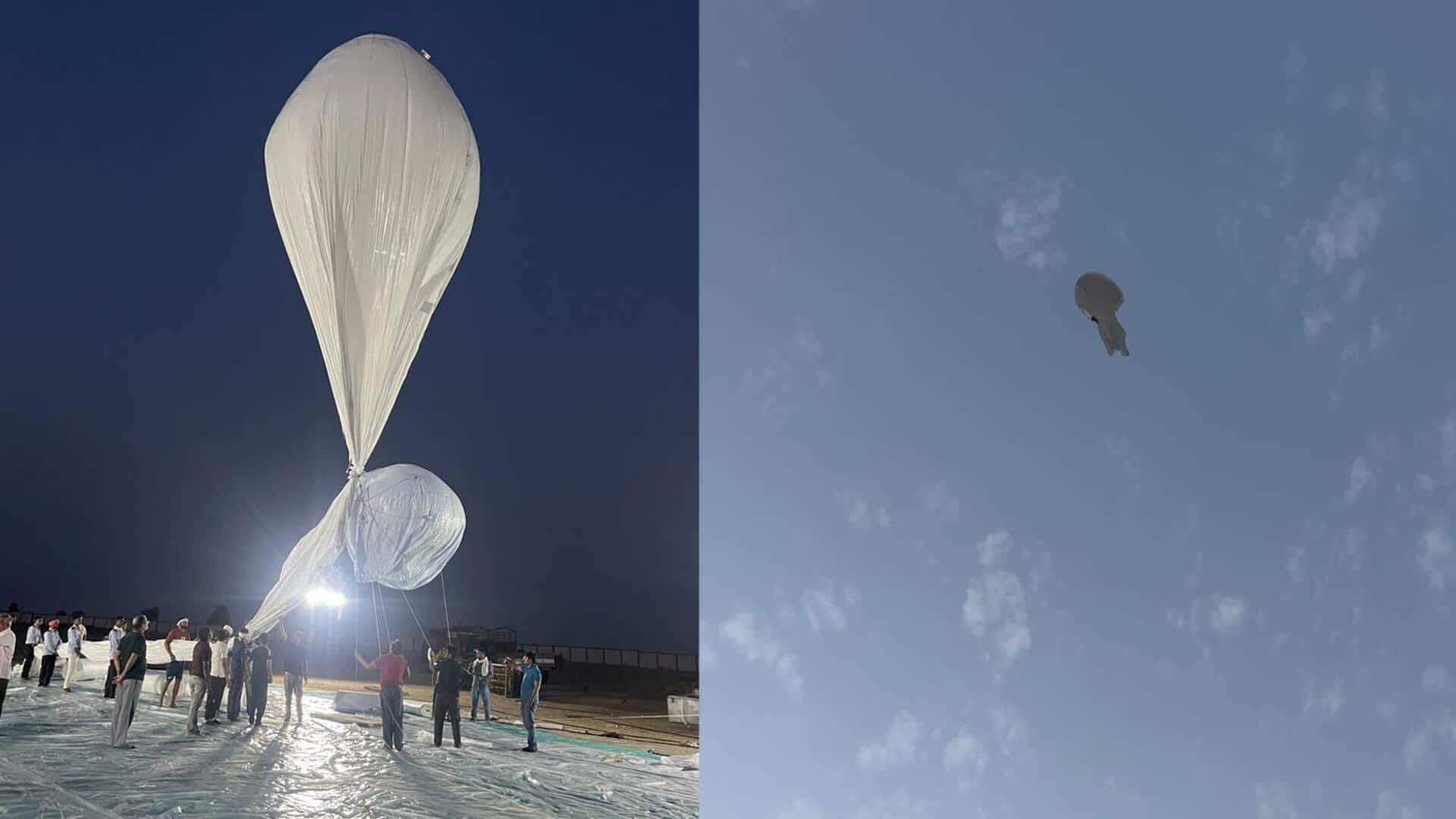
'Spy in the sky'-How DRDO's high-altitude balloon surveillance system works
What's the story
India's Defence Research and Development Organisation (DRDO) has successfully conducted the first test flight of its Stratospheric Airship Platform. The high-altitude balloon was developed by the Aerial Delivery Research and Development Establishment in Agra. The prototype, which is designed to enhance India's Earth observation capabilities, was tested at Sheopur Trial site in Madhya Pradesh.
Test flight
Balloon reaches altitude of 17km
The prototype of the Stratospheric Airship Platform soared to an altitude of about 17km (roughly 55,700 feet) during its flight. The entire flight lasted for 62 minutes following which the DRDO team was able to retrieve the balloon successfully. Data obtained from the onboard sensors will be utilized to create simulation models for future high-altitude flights, DRDO said.
Capabilities
Stratospheric Airship Platform: A 'spy in the sky'
The Stratospheric Airship Platform flies in the upper reaches of Earth's atmosphere, where most fighter jets and UAVs can't operate. This unique position allows it to offer a wide view of the area below. Unlike satellites that can only observe an area once every few days, this high-altitude balloon can stay in the air over a particular region for hours to days, enabling constant surveillance.
Advantages
High-altitude balloons: Cost-effective and capable of high-resolution imagery
High-altitude balloons are way cheaper than fighter jets and UAVs, costing just about $1 million. They can be deployed in large numbers, making them a more cost-effective option for intelligence gathering operations. Plus, their proximity to Earth allows better resolution imagery than spy satellites that orbit 400-700km above the Earth's surface.
Challenges
Stratospheric Airship Platform: Operational challenges and limitations
Despite their advantages, high-altitude balloons come with operational challenges. They rely on upper atmospheric wind patterns for horizontal navigation, which could lead them to drift off course. Further, once detected on radar or through visual imaging, taking down the balloons is easy as they are slow-moving and lack evading capabilities like fighter aircraft.